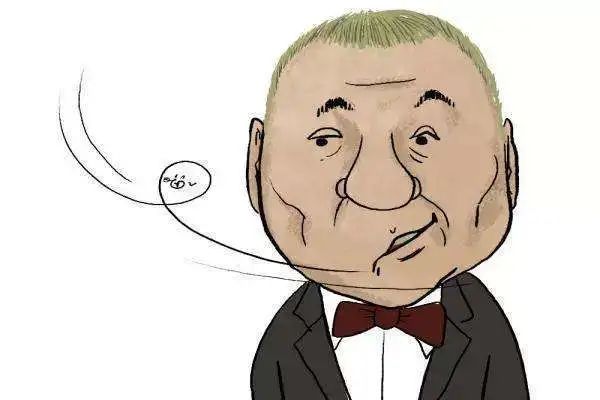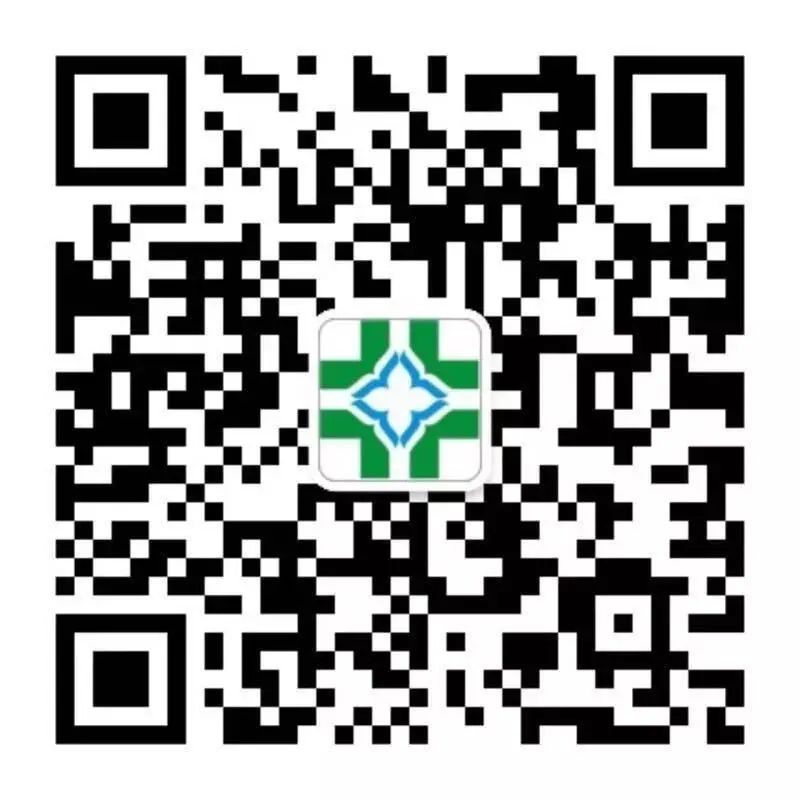
The unique needle therapy in Traditional Chinese Medicine (TCM) refers to the use of fine needles to stimulate specific acupuncture points on the body, aiming to unblock meridians and regulate the internal organs, thereby achieving the goal of strengthening the body’s defenses and expelling pathogenic factors to treat diseases. The indications for needle therapy are extensive, applicable to various common and frequently occurring diseases across internal medicine, surgery, gynecology, and pediatrics. In the previous issue, we introduced the treatment of stroke and headache; this issue covers the following three common diseases:
(1) Facial Paralysis (Peripheral Facial Nerve Palsy)
Facial paralysis is characterized by the main symptom of the mouth and eye deviating to one side. It presents as unilateral facial relaxation, disappearance of forehead wrinkles, widening of the eye fissure, shallowing of the nasolabial fold, drooping of the mouth corner, which is pulled towards the healthy side, and inability to perform actions such as frowning, showing teeth, or puffing cheeks. Some patients may initially experience pain behind the ear, and may also have reduced taste sensation or hypersensitivity to sound, and even develop herpes in the external auditory canal. This condition is often caused by the deficiency of the collaterals, allowing wind-cold pathogens to invade the Yangming and Shaoyang meridians, leading to stagnation of Qi and blood, resulting in insufficient nourishment of the muscles and tendons, causing the disease to manifest.
Treatment Principle: Invigorate blood circulation and unblock the meridians.
Procedure Steps:
Acupuncture Points: Fengchi (GB20), Yifeng (SJ17), Dicang (ST4), Jiache (ST6), Hegu (LI4). Additional points based on symptoms: if the nasolabial fold is flat, add Yingxiang (LI20); if the nasal bridge is deviated, add Shuigou (DU26); if the mentolabial groove is deviated, add Chengjiang (RN24); if the eyes cannot close, add Yangbai (GB14), Cuanzhu (BL2) or Shenmai (BL62), Zhaohai (KD6).
Needling Technique: For facial acupuncture points, initially use shallow and light needling; after one week, consider deeper needling or oblique needling.
Treatment Course: Retain needles for 20-30 minutes each session, once daily, with a total of 10 sessions for one course of treatment.
(2) Shoulder Pain (Shoulder Periarthritis)
Shoulder pain is characterized by diffuse pain in the shoulder accompanied by limited movement. Symptoms include pain that worsens at night and improves after morning activity, with localized tenderness and restricted movements such as external rotation, abduction, elevation, and backward rotation of the arm. In the later stages, adhesions develop in the affected tissues, leading to progressively worsening functional impairment, resulting in a condition known as “frozen shoulder,” ultimately causing loss of shoulder joint function. This condition is primarily characterized by pain in the early stages and functional impairment in the later stages. It is generally believed that exposure to cold, excessive fatigue, and chronic strain are related to the development of this condition.
Treatment Principle: Soothe the tendons and unblock the meridians, promote Qi and invigorate blood circulation.
Procedure Steps:
Acupuncture Points: Jianyu (LI15), Jianliao (SJ14), Jianqian (extra point), Ashi points, Tiaokou (ST38). Additional points based on symptoms: if there is pain in the upper arm, add Arm Shen (LI11), Quchi (LI11); if there is scapular pain, add Quyuan (SI10), Tianzong (SI11).
Needling Technique: Direct needling.
Treatment Course: Retain needles for 20-30 minutes each session, once daily, with a total of 10 sessions for one course of treatment.
(3) Low Back Pain (Acute Lumbar Strain, Lumbar Disc Herniation)
Low back pain is characterized by the main symptom of self-reported pain in the lumbar region, presenting as heavy pain, soreness, and stiffness in the lower back, with difficulty bending or straightening, or pain radiating to the buttocks and legs. The occurrence of this condition is mainly related to the invasion of external pathogens and injuries from falls.
This condition can be categorized into three main types: cold-damp low back pain, blood stasis low back pain, and kidney deficiency low back pain. This section primarily discusses the needle therapy for blood stasis low back pain.
Treatment Principle: Soothe the meridians and unblock the collaterals, invigorate blood circulation and resolve stasis.
Procedure Steps:
Acupuncture Points: Shenshu (BL23), Yaoyangguan (DU3), Weizhong (BL40), Ashi points.
Needling Technique: Direct needling.
Treatment Course: Retain needles for 20-30 minutes each session, once daily, with a total of 10 sessions for one course of treatment.
Note: Precautions for Needle Therapy
1. Patients should not undergo acupuncture when overly hungry, fatigued, or under excessive mental stress.
2. For patients with physical weakness or Qi and blood deficiency, the needling technique should not be too strong, and patients should be encouraged to lie down.
3. Deep needling should be avoided at acupuncture points located over the chest, ribs, waist, and back.
4. When needling points around the eyes and neck (such as Fengfu (DU16), Yamen (DU15)), care should be taken to control the angle and depth of needling, avoiding excessive lifting, twisting, and prolonged retention of needles to prevent injury to important tissues and organs.
5. For patients with urinary retention, deep needling should be avoided at lower abdominal acupuncture points.

2020

Scan the QR code | Follow us
Hengyang Traditional Chinese Medicine Hospital

